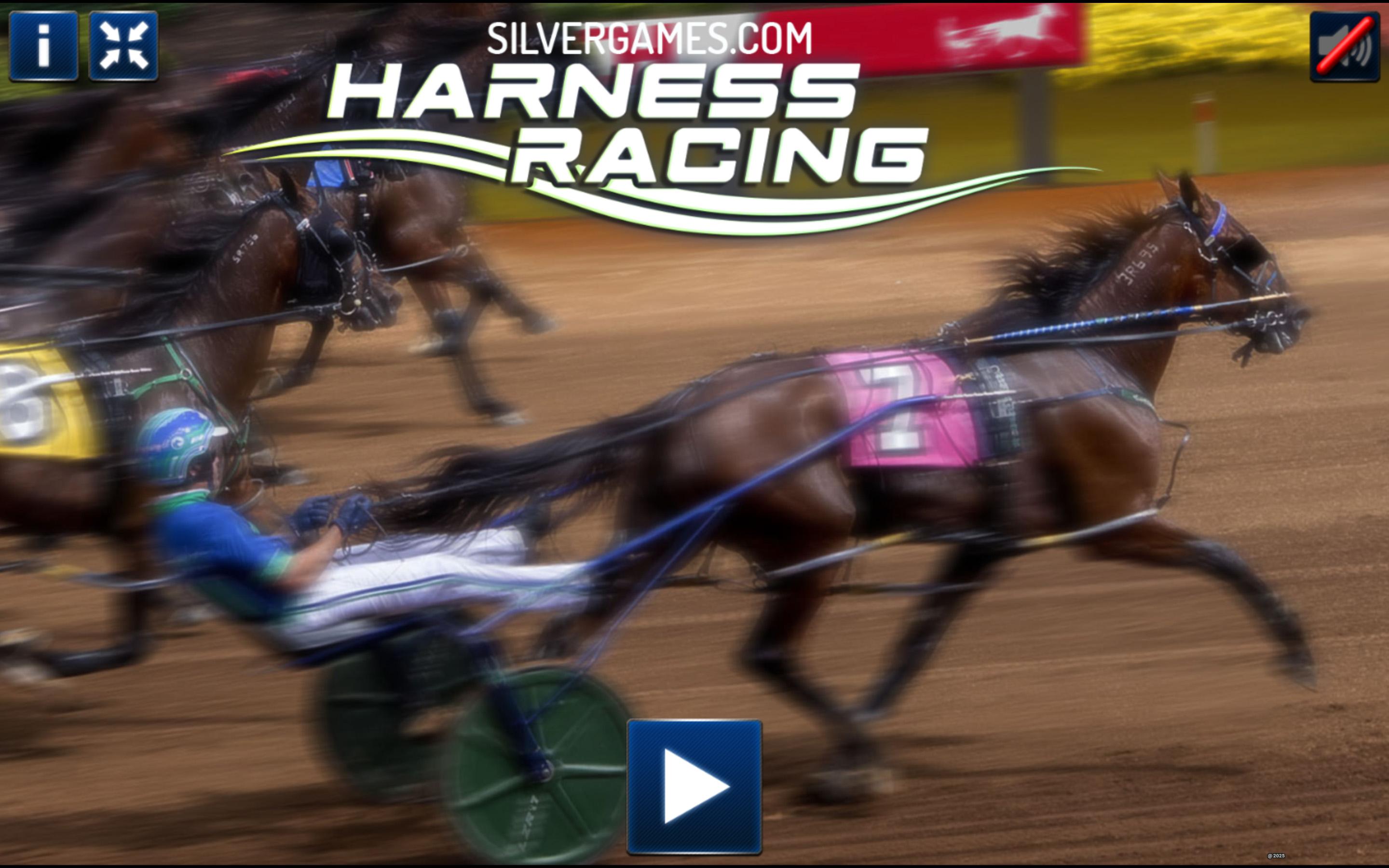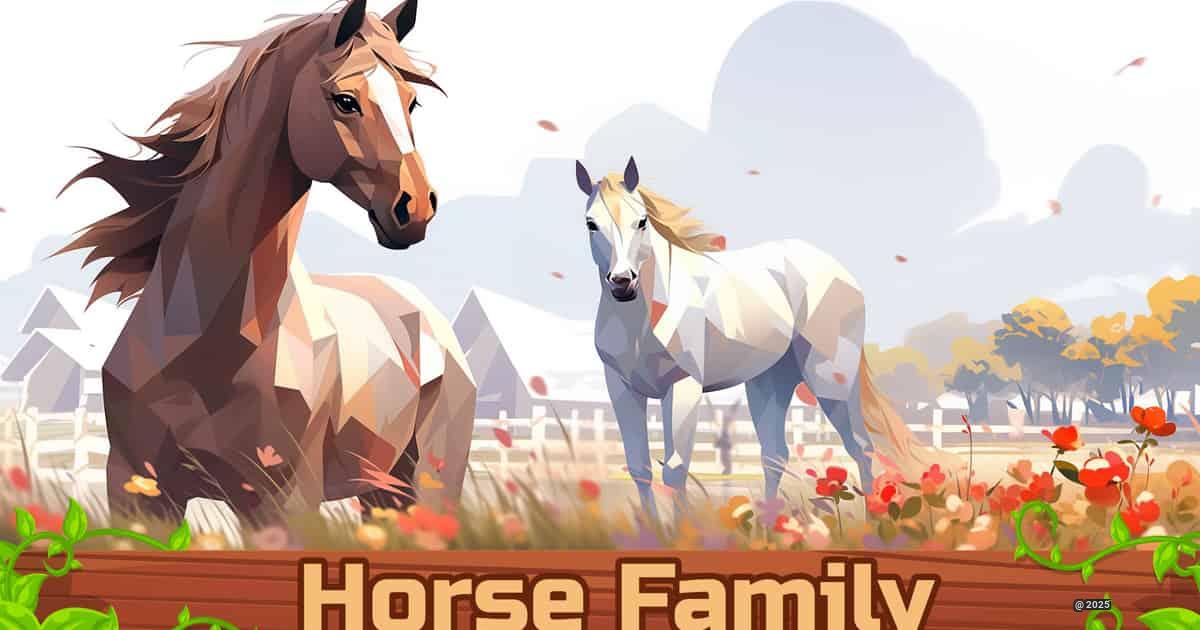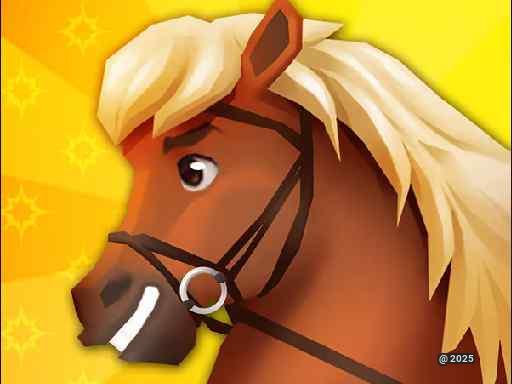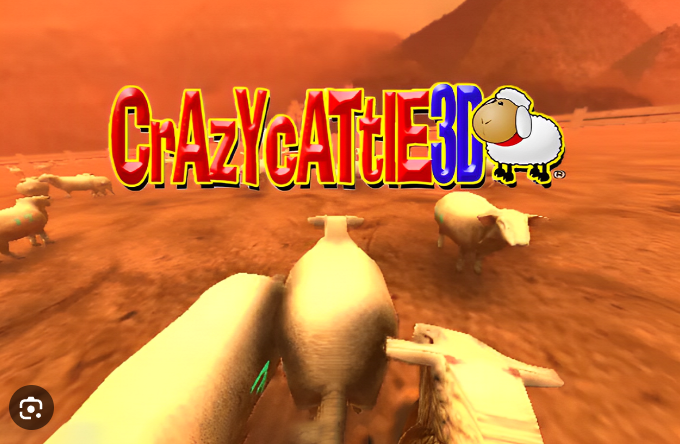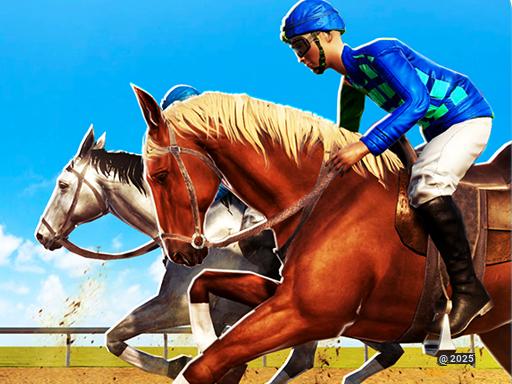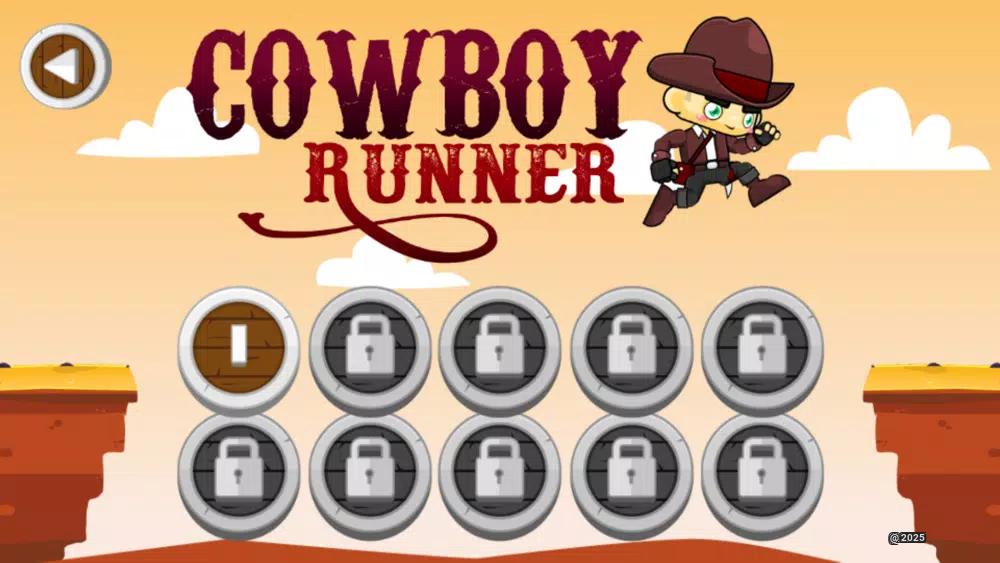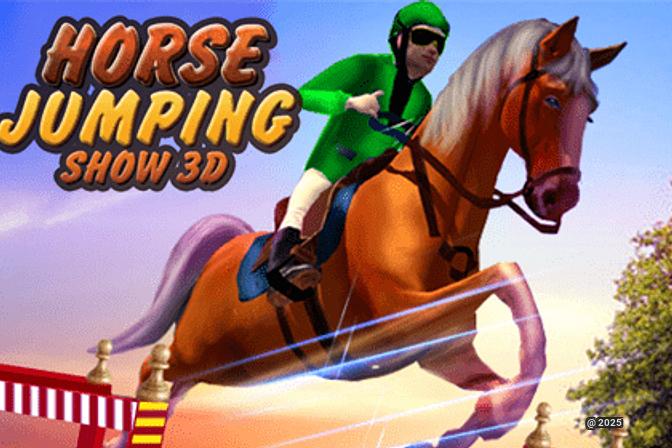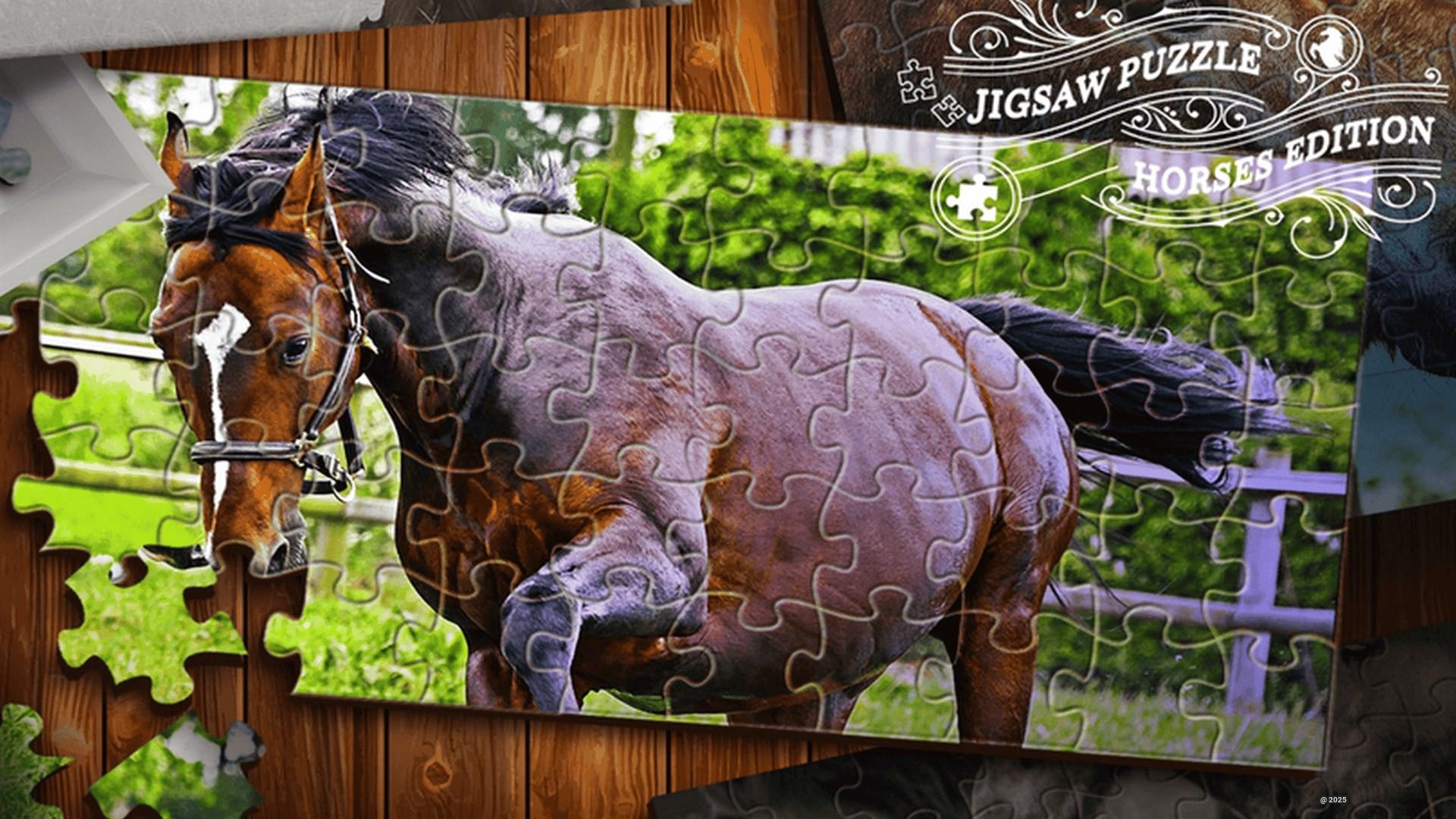Harness racing is an exhilarating sport that captivates audiences with its unique blend of speed, strategy, and excitement. Yes, it is indeed a thrilling experience! Picture the tension as horses thunder down the track, their drivers skillfully guiding them towards victory.
This sport not only showcases the incredible athleticism of the horses but also the strategic thinking of the drivers, making every race a spectacle worth watching.
Harness racing has a rich history and a dedicated following, with fans eagerly placing bets and cheering for their favorites. Whether you’re a seasoned bettor or a newcomer curious about the excitement, understanding the nuances of harness racing can enhance your experience.
Key takeaways:
- Harness racing combines speed and strategy, creating an engaging atmosphere.
- The sport has a rich history and a passionate fan base.
- Bettors can choose various types of wagers, adding to the excitement.
Get ready to dive into the world of harness racing, where every race is a chance to witness thrilling competition and potentially win big!
What Is Harness Racing?
Unlike regular horse racing, harness racing puts a unique spin on the sport. The horses don’t gallop freely - instead, they pull a two-wheeled cart called a sulky while maintaining specific gaits.
In my experience, what makes harness racing truly special is the partnership between horse and driver. The driver sits in the sulky, guiding their horse around an oval track at breathtaking speeds.
These aren’t just any horses - they’re specially trained standardbreds that can maintain either a trotting or pacing gait throughout the race.
| Race Type | Description | Average Speed |
|---|---|---|
| Trotting | Diagonal legs move in pairs | 30-35 mph |
| Pacing | Lateral legs move in pairs | 35-40 mph |
Features Of Harness Racing Game
Having played countless hours of harness racing simulations, I can tell you that the best games capture the true spirit of the sport. The key features that make these games so engaging start with realistic physics. You’ll feel every bump and turn as your sulky glides around the track.
I love how the games let us customize our horses and equipment. You can pick different breeds, train them to improve their stats, and choose from various sulky designs. The AI competitors put up a real challenge - they’ll block your path, force you wide on turns, and sprint for the finish line.
Weather effects add another layer of strategy. Rain makes the track slippery, while wind can affect your horse’s stamina. The crowd roars as you thunder past, and the announcer calls the race with genuine excitement.
How to Play Harness Racing Game?
First, pick your horse carefully - each has unique strengths. Some excel at sprinting, while others maintain speed longer. I always check the track conditions before choosing my strategy.
Here’s my step-by-step approach:
- Start conservatively - don’t waste energy early
- Find the “sweet spot” in the middle of the pack
- Watch for gaps between horses
- Time your move for the final stretch
- Keep your horse’s rhythm steady
The controls seem simple at first, but mastering them takes practice. You’ll need to balance speed against stamina while steering clear of other sulkies. I learned the hard way that pushing too hard too soon leads to disaster.
History of Harness Racing
I find the history of harness racing absolutely captivating. It all began in ancient times when people first hitched horses to chariots. But modern harness racing really took shape in America during the 1800s.
The sport grew from farmers racing their carriage horses on country roads. By 1850, proper tracks started appearing across the country. The first official harness racing track opened in 1825 in New York. I was amazed to learn that by 1900, harness racing was more popular than thoroughbred racing!
A major turning point came in 1879 with the founding of The National Trotting Association (now The United States Trotting Association). They set rules and standards that helped the sport grow. The introduction of the mobile starting gate in 1946 revolutionized racing by ensuring fair starts.
Types of Harness Racing Events
The two main categories are trotting and pacing races. In trotting races, horses move their diagonal legs in pairs. Pacing races see horses moving lateral legs together - it’s faster but harder to maintain.
Here’s what I’ve noticed about different race formats:
| Event Type | Distance | Prize Money |
|---|---|---|
| Sprint | 1 mile | $10,000-$50,000 |
| Stakes | 1-2 miles | $100,000+ |
| Triple Crown | Varies | $500,000+ |
Major events like the Hambletonian Stakes draw huge crowds. These races showcase the best horses and drivers in intense competition. Each race type has its own strategy and excitement.
Similar Games
Final Words
Harness racing stands as a thrilling spectacle that combines speed, strategy, and the undeniable bond between horse and driver. This unique sport captivates audiences as horses pull sulkies, racing down tracks with breathtaking agility. The excitement builds not only from the sheer speed of the races but also from the tactical decisions made by drivers, who must navigate their steeds through intense competition.
With a rich history dating back to ancient times, harness racing has evolved into a beloved sport with a dedicated fan base. Enthusiasts engage deeply, placing bets and cheering for their favorites, which adds another layer of excitement to the experience. The various types of races, from sprints to prestigious stakes events, each bring their own unique strategies and thrills, ensuring that every race is an event to remember.
For those looking to immerse themselves in harness racing, understanding the nuances and strategies can greatly enhance the experience. Whether you’re a seasoned bettor or a curious newcomer, the world of harness racing offers endless opportunities for excitement and potential rewards.

